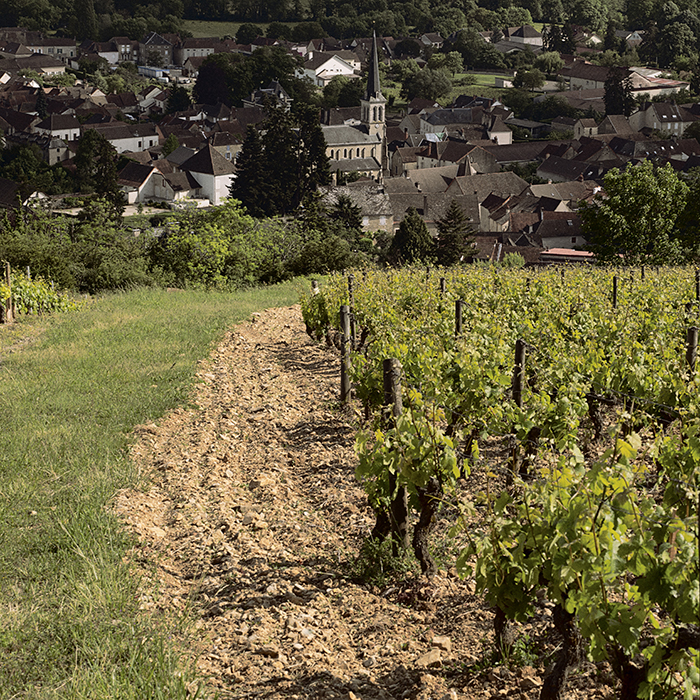A quick guide to Burgundy: Côte de Beaune
Author: Mark Pardoe MW

Aloxe-Corton, Pernand-Vergelesses & Ladoix-Serrigny
Produces: red and white wine
These three villages are included at the top table because of their shared ownership of the Grands Crus on the Hill of Corton: Corton itself (usually with a vineyard name appended) with its hearty, substantial reds, and Corton-Charlemagne for intense, stony whites. At village and Premier Cru level, good value and quite serious reds can be found in Aloxe. Pernand has some tasty, lemony whites and a few reds that can be quite light, and the best of Ladoix produce its spicy, quite exotic whites. But the jewels are the Grand Cru vineyards that encircle this distinctive Burgundian landmark.
Beaune
Produces: more red wine than white
Three-quarters of Beaune’s vineyards are classified as Premier Cru (there are no Grands Crus) but, if truth be told, not all are worthy of the grade. The best land is in the middle of the appellation and the slope, and wines from those vineyards can be well-structured and age-worthy. But the main attraction for Beaune’s reds is the pleasure principle: fruity, red-berry-scented wines, soft in tannin, easy in acidity. Increasing amounts of white are made, mostly in the south of the appellation, towards Pommard. These are easy and open-textured with attractive stone-fruit notes.
Pommard
Produces: exclusively red wine
The wines of Pommard are most easily identified by their sturdy tannins. This indicates potential longevity and Pommard does have the capacity to be the longest-lived of all the reds south of Beaune. To the north of the village, the wines are strongly influenced by the eroded soils washed down from the hills, and the wines are deep and textured. Immediately to the south of and around the village, there is the greatest accumulation of clay with iron, giving a firmness to the wines, while further south on the border with Volnay the wines are at their most aromatic and among the finest.
Volnay
Produces: exclusively red wine
For many, Volnay makes the finest reds of the Côte de Beaune. There are no Grands Crus, but the best vineyards, towards the border with Meursault (Clos des Chênes, Cailleret, Taillepieds and Champans) make wines of translucent delicacy and heady violet fruit that implausibly build in intensity through the palate. Although in the neighbouring commune of Meursault, the best parts of Santenots are also in this category. Bordering Pommard, the wines have firmer tannins and, around the village itself, the wines are light and floral, but lacking the thrill of the very best. Generic Volnay can be very prettily aromatic but tends to be rather light-bodied.
Meursault
Produces: white wines, with the occasional and rare red
Stylistically, Meursault’s whites are broad, nutty and rounded, and its finest wines come from the band of Premiers Crus at the south of the appellation, especially from the sweet spot that runs through the middle of those vineyards. But Meursault’s real strength is the quality of its generic wines, commonly endorsed with a vineyard name. Some share the geology and altitude of the Premiers Crus but face east. Climate change is making these increasingly interesting. Higher on the slope, the wines are leaner and more floral, lower down they are buttery and soft.
Puligny-Montrachet
Produces: exclusively white wine, barring a miniscule amount of red
The majestic Grands Crus, especially Le Montrachet and Chevalier-Montrachet, dominate the landscape in Puligny. These set the tone for the commune’s style of a precise, steely framework, overlaid by haunting notes of blossom and white fruit. The best Premiers Crus lie immediately beside the Grand Crus to the north and at the same elevation. Wines from the higher vineyards show an ascetic minerality. There are many well-placed village vineyards, especially below the Grands Crus. Generic Puligny can offer a fine portal to the excellence of the village.
Chassagne-Montrachet
Produces: more white wine than red
Chassagne has a share of the Grands Crus Le Montrachet and Bâtard-Montrachet, and one of its own: Criots-Bâtard-Montrachet. The style of the white wines is hard to generalise, as a lot of Chardonnay is planted on red wine soil, but the best whites are full-bodied and with a creamy texture, sometimes verging on opulence, but also with minerality in the best vineyards. The finest Premiers Crus sites tend to be to the north of the appellation and closer to the tree line on the slope, but it is not easy to generalise. The red wines can be delicious, although the tannins can sometimes be a bit burly.
Read part one of our guide, covering the villages of the Côte de Nuits, here.
Burgundy’s 2018s will be offered en primeur in January; read all our coverage of the vintage here.


